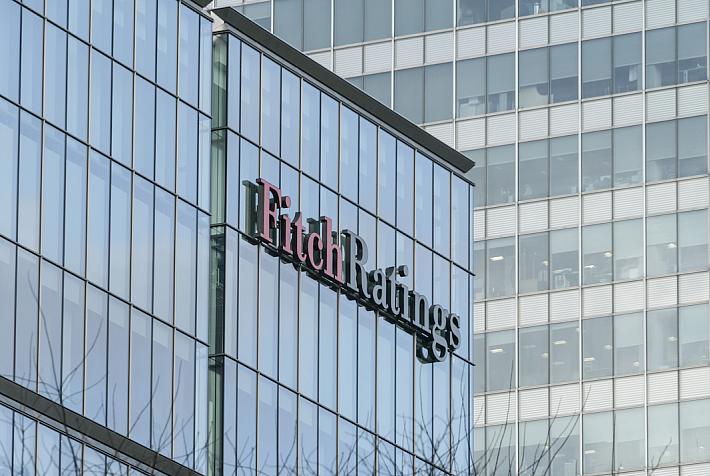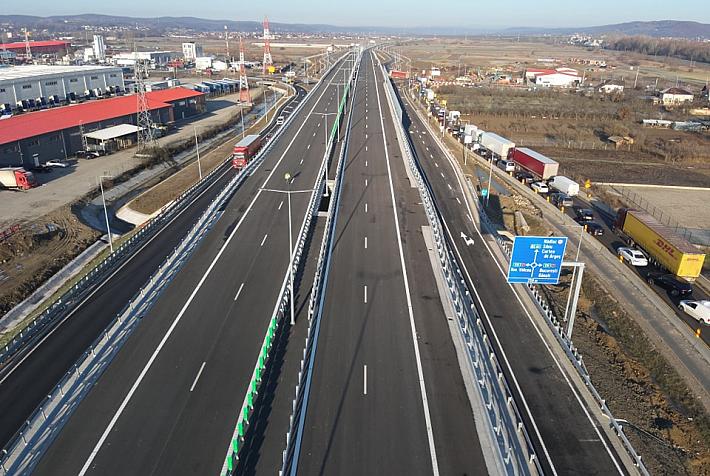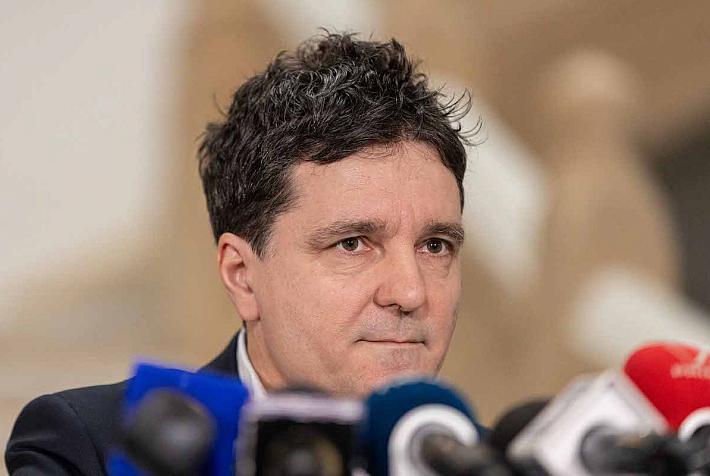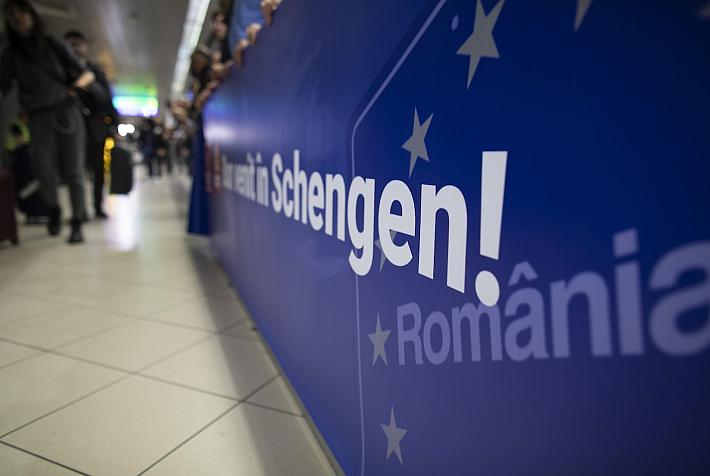WB: Romania second in EU10 on workforce cost increase, needs to simplify EU funds absorption

 Romania ranks second in terms of the hourly workforce cost increase among the newest ten EU member states, shows a recent report from the World Bank. The recently issued report on economic development in EU 10 (the countries which joined the EU in 2004 and 2007) shows most of the countries have simplified the procedures to access EU funds, monitor and manage these funds, while Romania has taken measures only on the implementation of these funds. Romania's economic revival depends on its capacity to absorb EU funds, which could supplement state investment, now at a low.
Romania ranks second in terms of the hourly workforce cost increase among the newest ten EU member states, shows a recent report from the World Bank. The recently issued report on economic development in EU 10 (the countries which joined the EU in 2004 and 2007) shows most of the countries have simplified the procedures to access EU funds, monitor and manage these funds, while Romania has taken measures only on the implementation of these funds. Romania's economic revival depends on its capacity to absorb EU funds, which could supplement state investment, now at a low.
The EU10 countries will see a slow economic increase this year, and the World Bank expects the level of production in these countries to get back to the level before crisis in 2011. But Romania, Bulgaria, Estonia, Hungary and Latvia will see a stagnating economic activity.
The EU10 area will grow by 1.7 percent this year and by 3.3 percent in 2011, the report shows. Unemployment will go down only after 2011. The ten countries included in the report showed an unemployment rate of 10 percent in April this year, on an average.
The increase in exports and investments and retail sales were the only positive features about Romania, at least during the past couple of months. “Investment rebounded noticeably in Romania and Lithuania, helped by restocking or reduced destocking,” the report wrote. “Exports grew at double-digit rates in most of the EU10 countries ranging from close to 22 percent year-on-year growth in Romania to 10 percent in Poland,” it went on.
Get the full World Bank report here (right click and save as)












